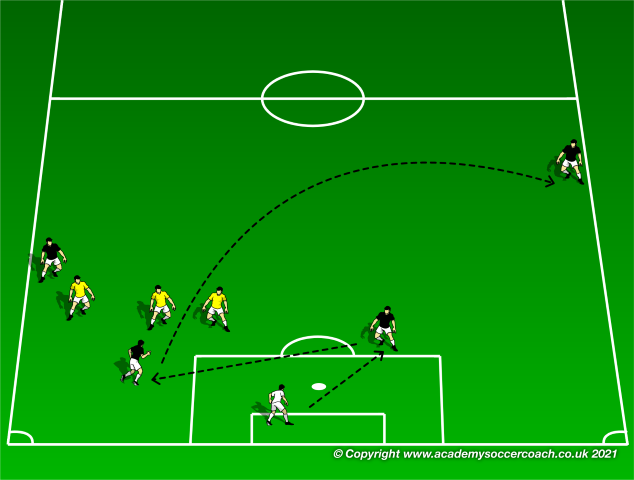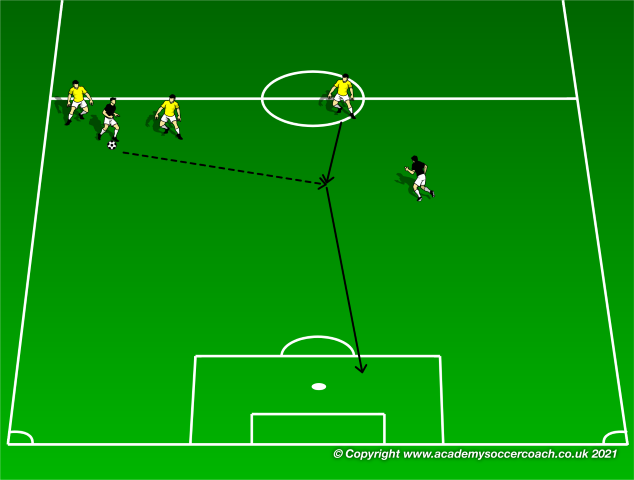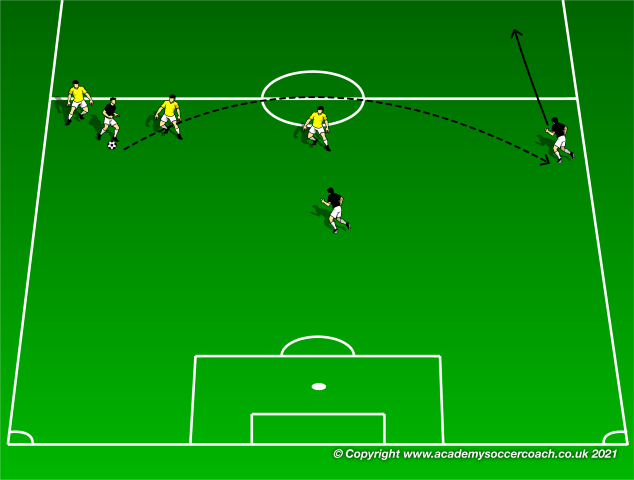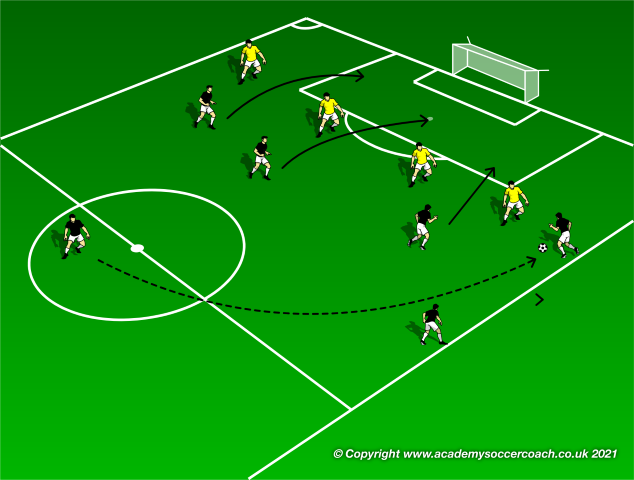By Matt Carroll
Playing With A Target Man Out Wide
When people think of the prototypical winger in modern times it is the pacy, Ronaldo type, cutting in to score tremendous goals or play pinpoint crosses as near to the box as possible. Rarely do we think of a strong and sturdy carrier of the ball, who can dominate in the air patrolling the touch line, but this tactic can be one that can open up opportunities for a teams attack, and give a strong option for breaking the opponent’s press.
First, the press. Everyone would like to imitate the youtube goals displaying 23 passes starting from a goal kick that end in a spectacular diving header, but sometimes the opponents press just works. Your centerback gets pinned, the goalie is forced to punt, the outside back needs to kick and pray down the touch line. Utilizing a wide target man means in any of these situations the players on the field have a clear out to play to, rather than forcing a hopeful pass close to their backline. It also provides a better advantage to huffing it up to a central target man, since if the player does end up losing the ball out wide, they will lose the ball closer to touch, rather than directly in the middle of the pitch, where at that range a lost ball can quickly turn into a shot.

In attack the wide target man can do the same in attack, providing an outlet for switches of the ball when an attack gets stalled in the midfield. Square switches of the ball can be an effective outlet, but they also contain the danger that they can be picked off for an easy counter goal.

Having a reliable big switch target that can control a ball played to them in the air can revive attacks that seemed destined to be reset through the goalkeeper, or worse.

Finally, having a target man out wide means you can constantly leave the field stretched. Having wingers that want to cut in or dribble to the end line can force the attack to become very compact at times. Having the target man out wide means you have a player that can receive the ball and control it towards touch, meaning the defense must shift their focus, and body position, to one side of the field. This means runners can find alleys to run into in the blindspots of defenders. The target man’s ability to hold onto the ball and create their own space for crosses also means they need fewer outlet passes available, freeing more players to run into attacking positions for crosses.

By Matt Carroll


